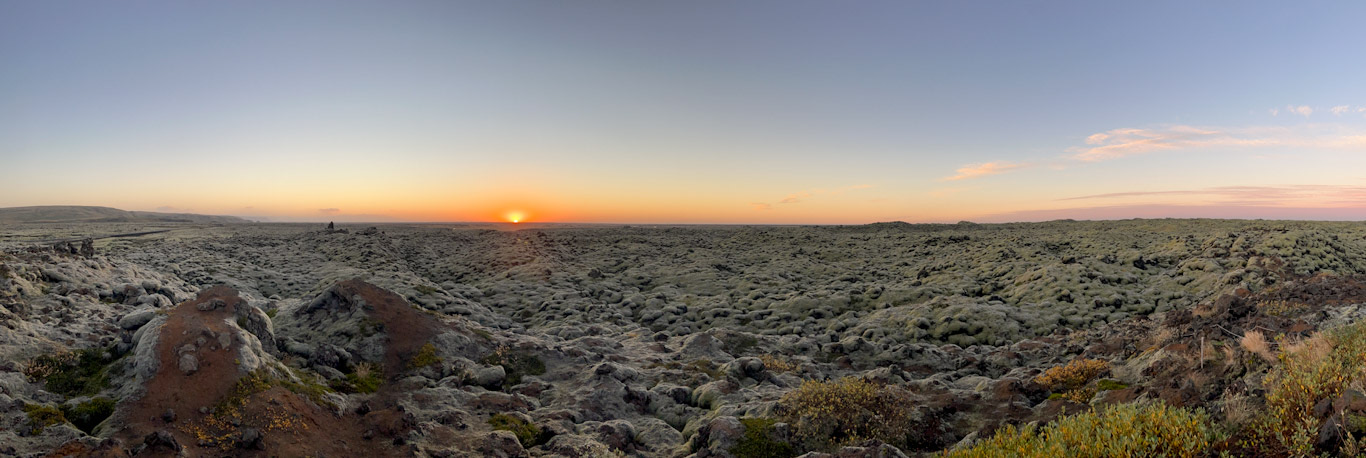

Don’t even need that. Meta crosses multiple platforms now - Instagram, FB, WhatsApp, etc. All you need is for someone you know to have you in their contacts list, and the hit the “allow access” a single time. All of that data is then scraped, cataloged, and cross referenced with everyone else. Name, address, phone numbers, birthday, work address - anything your contact felt it convenient to add about you in their phone. From there it’s just a matter of time until data mining of second and third level contact - or outright data leaks - fill in the rest of your profile and demographic information.







At the risk of linking an un-cited web page, they look to be a distant 12th in gasoline.
https://www.indexmundi.com/energy/?product=gasoline&graph=exports&display=rank
The source is supposedly https://www.eia.gov/ but I can’t find the original data there in any usable format.
Russia comes in a distant second for general refined petroleum (not just gasoline) according to https://www.cia.gov/the-world-factbook/field/refined-petroleum-products-exports/country-comparison/